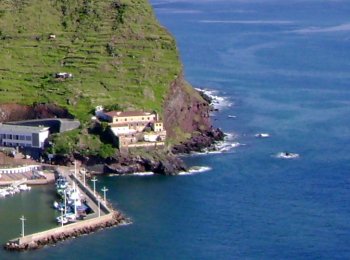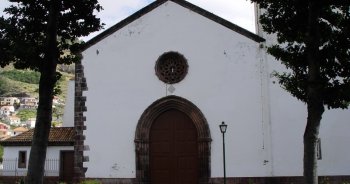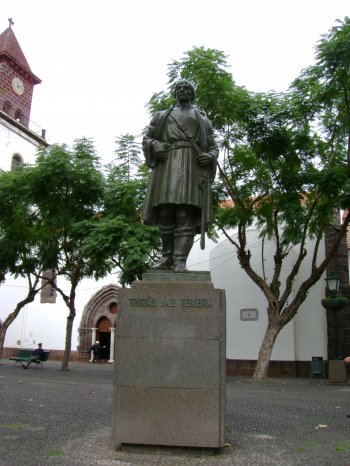Explore the best places
Monuments in Machico
Forte de São João Baptista / Forte do Desembarcadouro
- heritage
Rua do Leiria
9200-107, Machico
The São João Baptista fort, next to the recreational port of Machico, was built by order of the Governor of Madeira, Captain-General Duarte Sodré Pereira, in 1708. It is also called Forte do Desembarcadouro because the discoverers disembarked nearby the island, Gonçalves Zarco and Tristão Vaz Teixeira. It defended the bay of Machico, doing crossfire with the fort of Nossa Senhora do Amparo. Inside there is a neo-Gothic chapel, dedicated to the saint after whom the fortress is named.

Engenho de Cana-de-açúcar no Sítio das Casas Próximas
- heritage
Rua do Cais
9225-050, Porto da Cruz
It is a 19th century sugar cane mill, classified as a Property of Local Cultural Value. Belonging to Companhia de Engenhos do Norte, which still manufactures cane spirits there, it is the only sugar mill operating according to the original 19th century technology, constituting a museum center of great heritage importance.

Igreja de Nossa Senhora da Conceição / Igreja Matriz de Machico
- heritage
Alameda Dr. António Teixeira de Oliveira, 1
9200-107, Machico
Temple ordered to be built by Branca Teixeira, daughter of the first Captain-Donatário Tristão Vaz Teixeira, based on the 14th century Capela dos Reis Magos, remodeled and expanded in the second half of the 15th century and becoming the Main Church of Machico.

Forte de Nossa Senhora do Amparo
- heritage
Rua General António Teixeira de Aguiar
9200-084, Machico
Ancient fortress with a triangular plan, built in the 18th century to defend Machico beach, crossing fire with the fort of São João do Desembarcadouro. It is part of the typology of 17th century Iberian bastioned forts. Currently, a tourist office operates here.

Busto de Estátua de Tristão Vaz Teixeira
- heritage
Largo Dom António Jardim de Oliveira
9200, Machico
Bust in homage of Tristão Vaz Teixeira, colonizer of Porto Santo and Madeira Islands. It was cut in stone by Anjos Teixeira in 1972.
